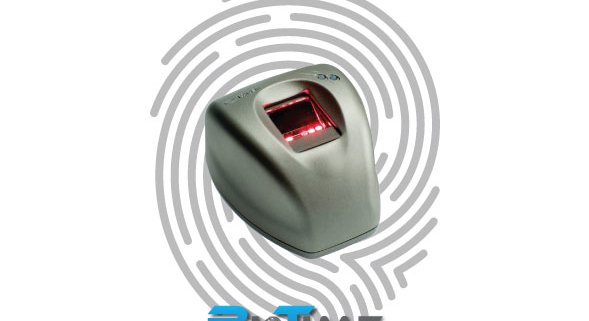How do fingerprint sensors work?
Today, many IoT software or applications rely on fingerprint technology for greater security and fluidity. They thus make it possible to properly authenticate users, in particular at the level of smartphones or other mobile devices. Each individual has recognizable and verifiable characteristics, which are unique and specific to them alone. The characteristics of the fingerprints cannot be changed or removed and are therefore an excellent identification solution. At Biotime Biometrics, we provide you with optical fingerprint sensors from the world leader IDEMIA. We tell you more about them in this article!
How do our optical fingerprint sensors work?
Optical fingerprint sensors have been around for a long time now. But how do they work? Technically, they work by reflecting light onto ultra-sensitive sensors made of semiconductor oxidized metal that convert light into electronic signals. In other words, they cast bright light on fingerprints and capture digital photos of your fingerprints.
After having captured the digital image by discerning the ridges and valleys of the fingerprint, the microchip present in the sensor will then transform the image into a binary sequence (1 or 0) and thus create the personal and unique code of the user.
For security advantages, and to obtain a more complete image of your fingerprints, the sensor sometimes requires taking several images of the same finger.
Our fingerprint sensors
We offer a whole range of biometric fingerprint sensors among which we have the MorphoSmart 300 which is multi-application and allows high quality fingerprinting, coding biometric templates and comparing uses (in authentication and in identification). Robust and precise, it is suitable for all types of environments!
Contact us for more information via our contact form or by phone! We will be pleased to discuss with you.



